Winter in Edmonton
Winter Outdoor Temperatures
During the winter months (November to March), the temperature in Edmonton can vary daily and even throughout a particular day.
Here's what you can expect of the different temperatures:
+5°C to -5°C:
These days are warmer than average, quite wet (snow may melt), and likely sunny. Take advantage of these warmer winter days and enjoy the outdoors.
-5°C to -15°C:
This range is relatively common for Edmonton winters, many days hover within this range.
-10°C during the day.
At this temperature, it isn't too cold outside as long as you are wearing appropriate clothing; if you're outside for a long time, you will feel chilled if unprepared.
-15°C to -25°C:
This temperature range is cold, and you can expect it, especially at night or in the morning before the sun rises. These temperatures are a bit cooler than the average daytime high. Wearing proper winter clothing is a must; getting frostbite (your exposed skin starting to freeze) at these temperatures is very easy.
-25°C to -35°C:
This is the coldest temperature range you should encounter in Edmonton. When the temperature dips below -30°C, you need to wear a lot of warm clothing and choose not to spend too much time outside. Wearing inappropriate clothing at these temperatures is dangerous.
Edmonton average temperature ranges
Wind Chill:
No matter the temperature, a blowing wind makes you feel colder. Wind Chill is the "feels like" temperature when you account for the wind. So a -25°C day with a wind can feel like -40°C. Wind does increase the risk of frostbite (your skin freezing). Look for the wind chill temperature on your favourite weather provider.
Winter Clothing
Dressing for the weather allows you to enjoy most of the winter season. On some days, you might only need a light jacket or a heavy sweater, but on other days you'll need to "bundle up" (Canadian for wearing heavy winter clothing) to stay comfortable when it is freezing cold.
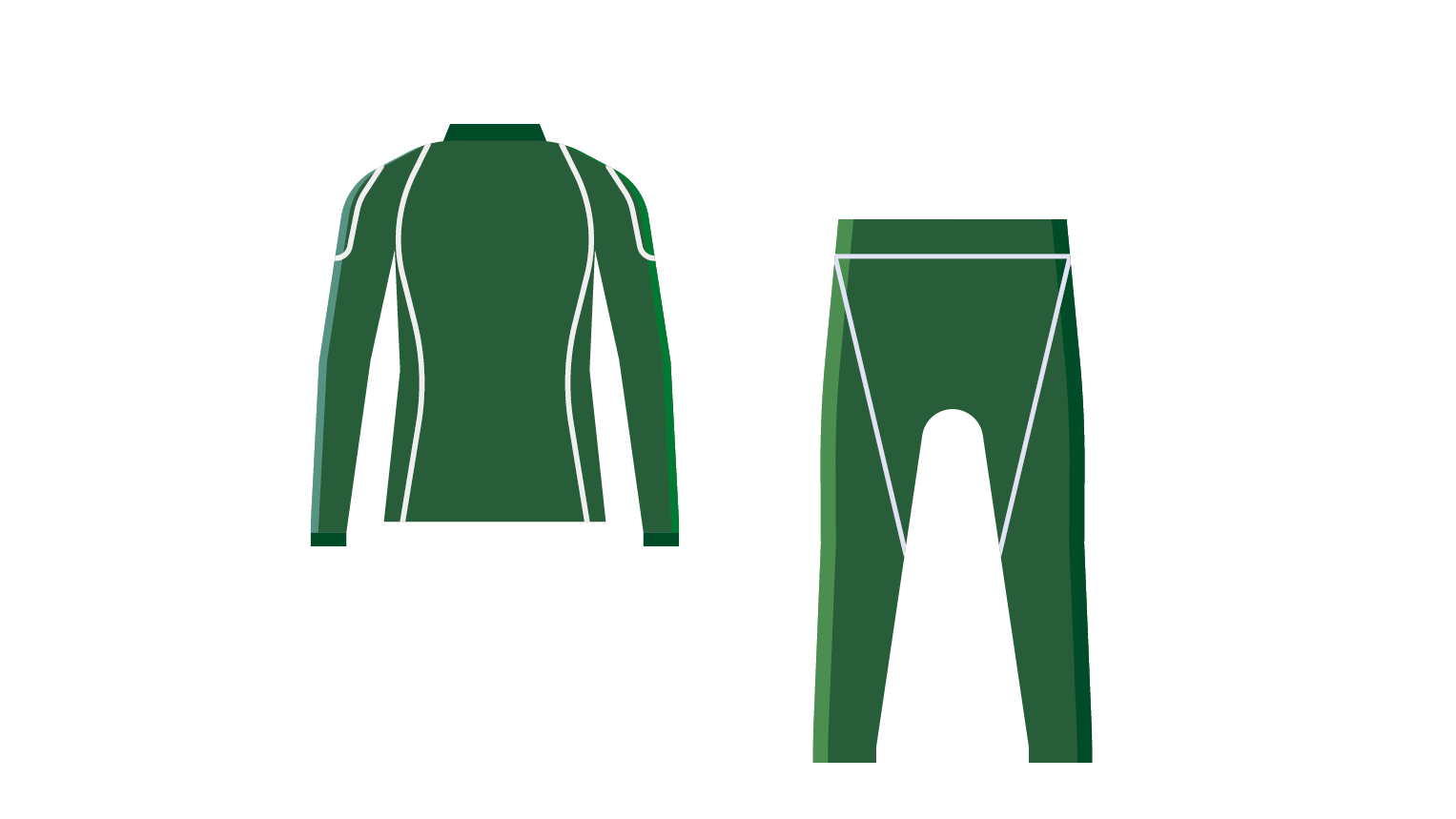
Base Layer
The base layer covers your torso and legs; we call this thermal underwear in Canada. The main purpose of wearing a base layer or thermal underwear is to transport moisture off your skin, moving the water to the fabric to evaporate. A base layer makes a big difference, especially when outside for prolonged periods, such as waiting for a bus.
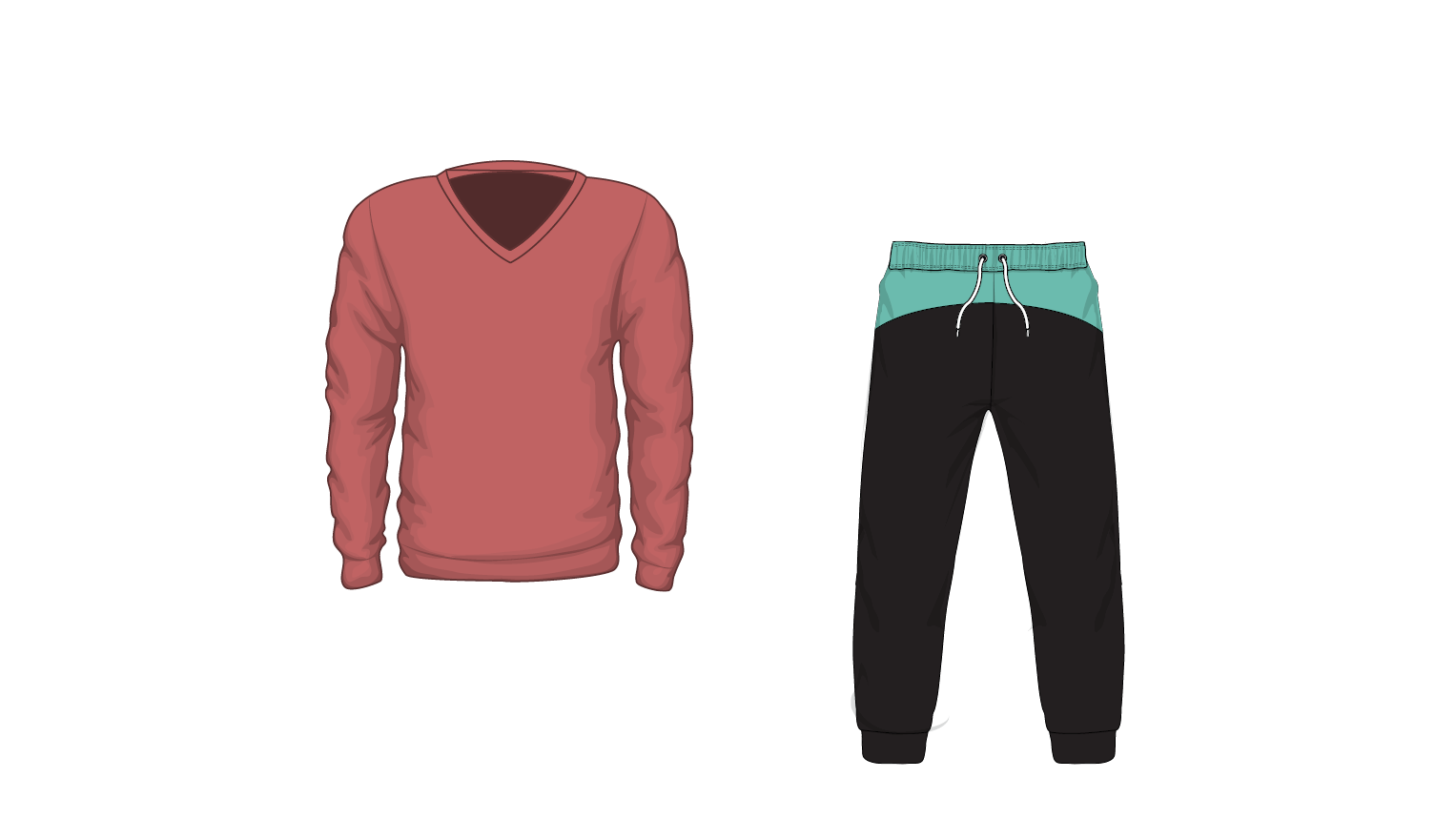
Mid-layer
A mid-layer such as a sweater (jumper), a fleece, or an extra shirt will keep you comfortable without feeling restricted. This layer acts as insulation by trapping your body heat and keeping you warm. Fleece works well as a mid-layer because it provides insulation without feeling bulky and moist air can easily pass through them. You can also choose lightweight insulated pieces. You want to select items that still allow movement but are snug enough to add another layer.
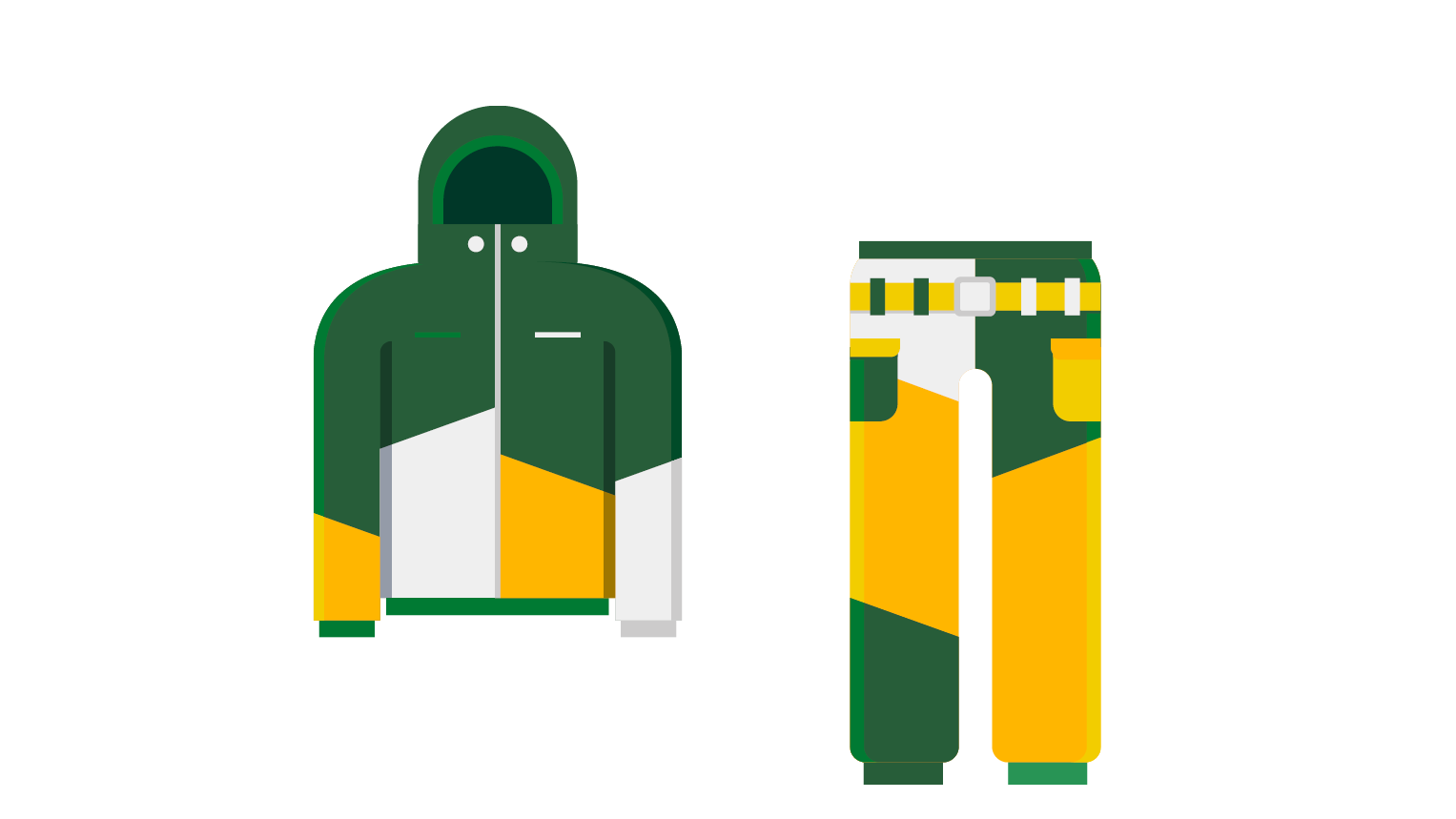
Outer layer
Jackets/Coats/Parkas: It's important to invest in at least one warm, windproof (and water-resistant) winter coat. Your winter jacket should fit with a bit of room so that you have room for your extra layers on freezing cold days. The outer layer works as a protective shell from the winter elements and helps deflect wind chill.
Important
The best option is to buy your winter clothing after you arrive in Edmonton unless you are arriving from a similar climate and have winter clothing that you plan to bring with you. The winter clothing in your home country may be different based on the environment and elements you experience; Canadian winter clothing is insulated to handle Canadian winters. Winter clothing is also very bulky, so it's important to account for this if you're planning to pack it in your luggage.
Winter Necessities
Keeping your feet and extremities warm helps to keep your whole body comfortable.
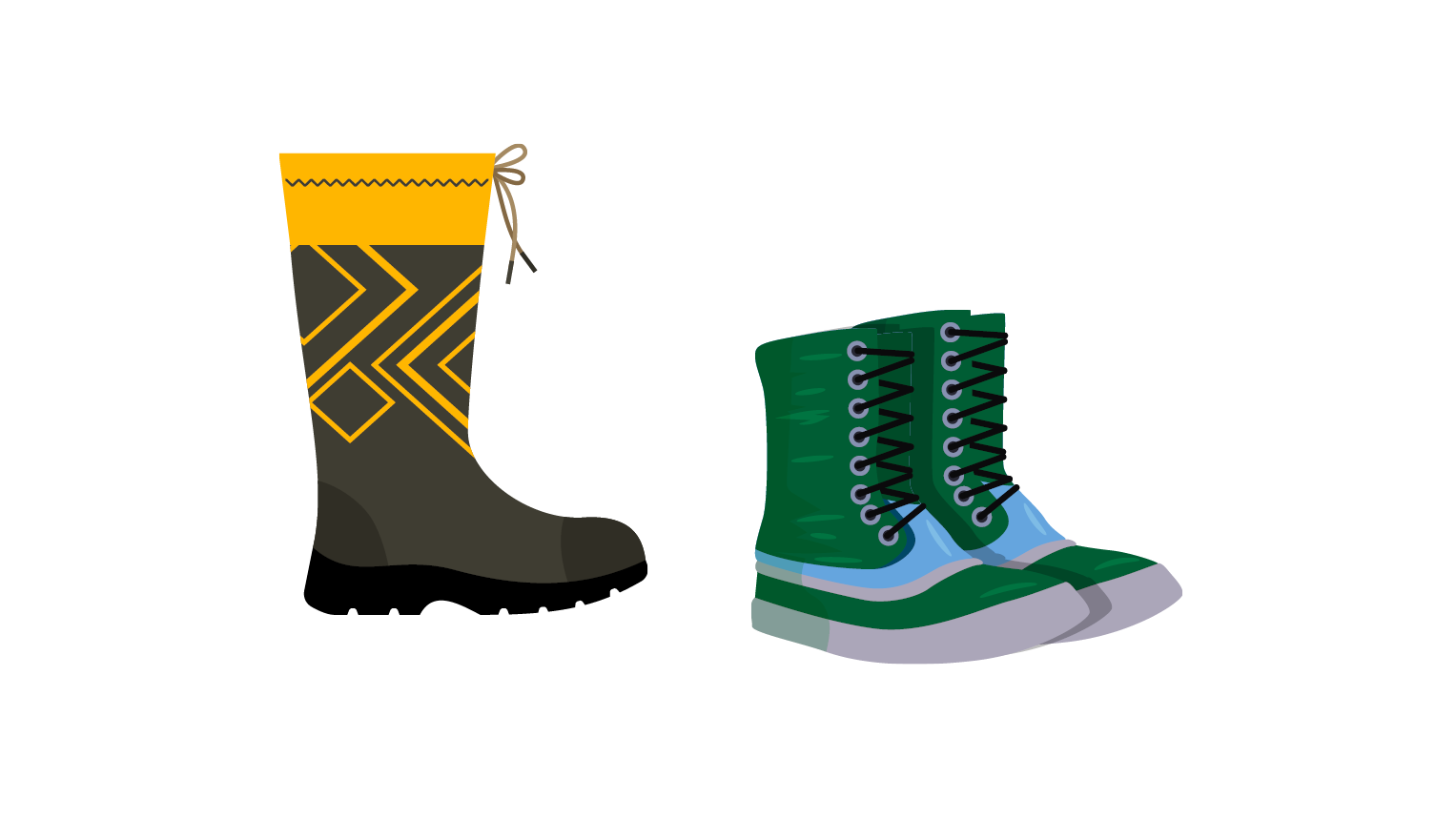
Winter Boots/Shoes
Good winter boots and shoes are important items for getting the most out of winter. Look for footwear with a deep tread to grip snow and ice and insulation to keep your feet dry and warm.
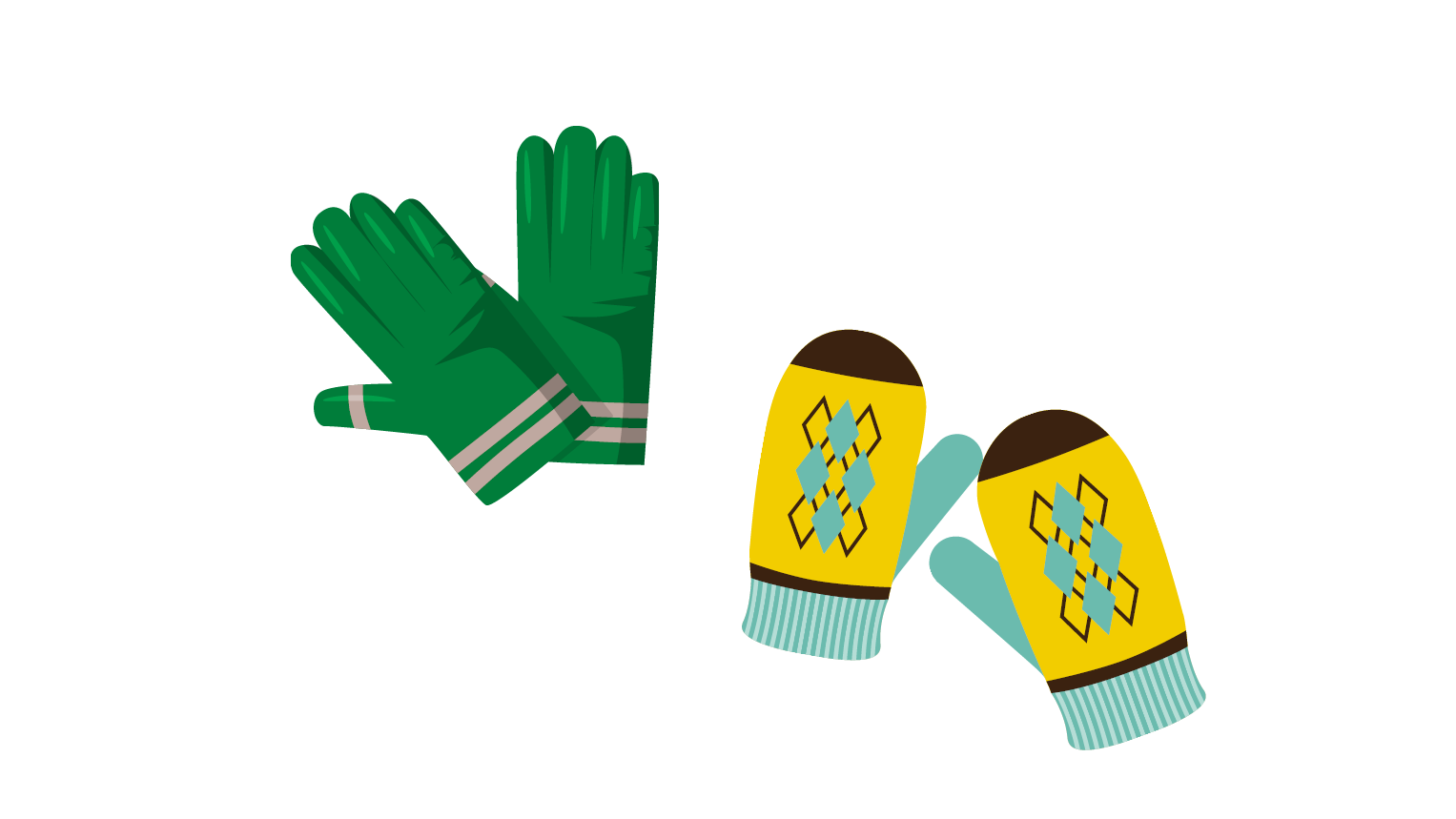
Gloves/Mittens
Invest in a pair of insulated gloves or mittens for temperatures below -10 degrees Celsius. Mittens keep your hands warmer because your fingers are grouped, and you'll need these for colder winter days. You can also get lighter gloves for cooler temperatures between +5 - - 10 degrees Celsius.
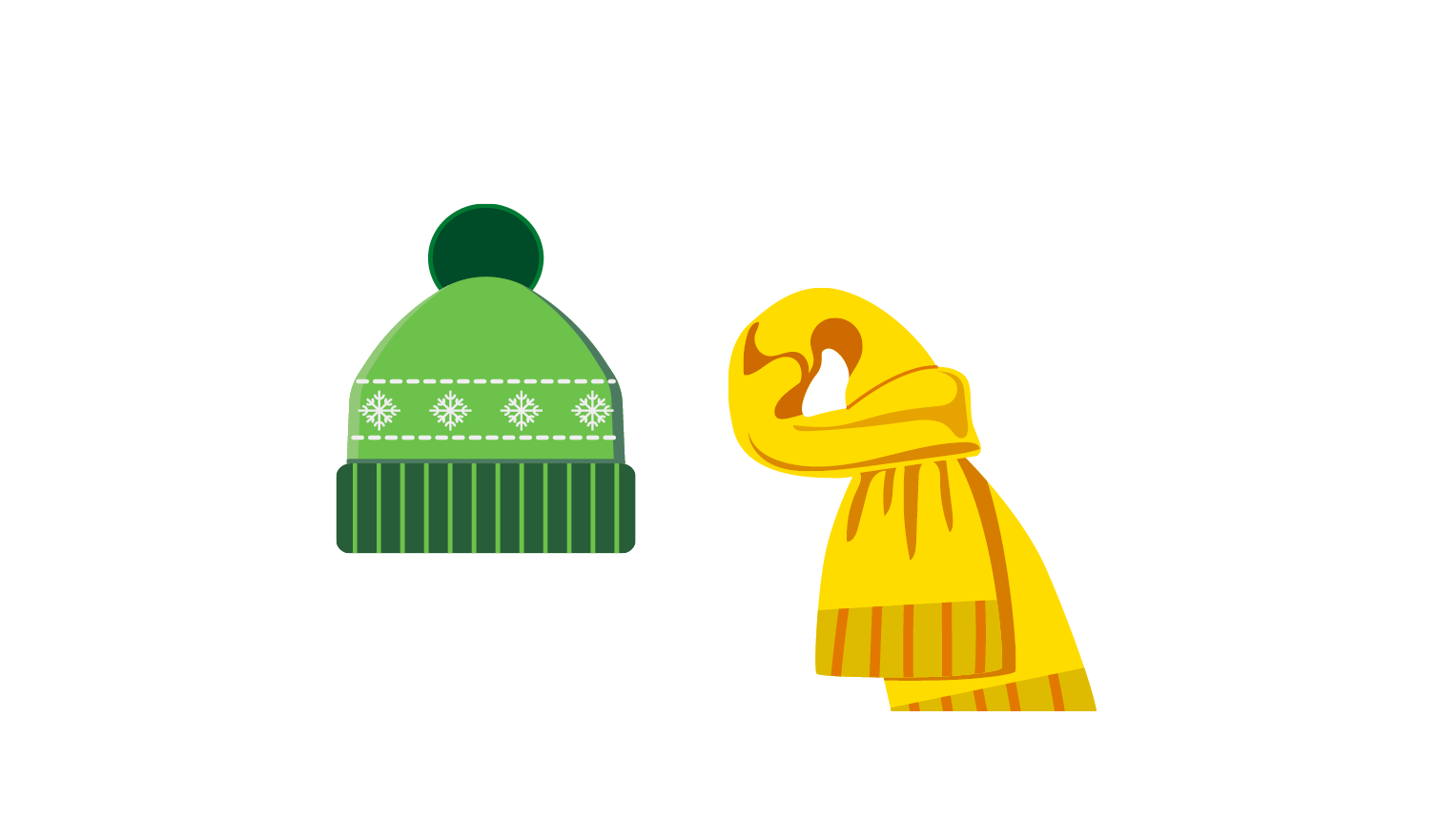
Winter Hat/ Beanies/ Toques and Scarves
A good winter hat, or as Canadians call it, a toque (knit cap), covers your ears and keeps you warm. You also need a warm scarf or neck warmer to provide additional insulation and protect you from chilly winds. Toques and scarves are available in all sorts of styles and colours.
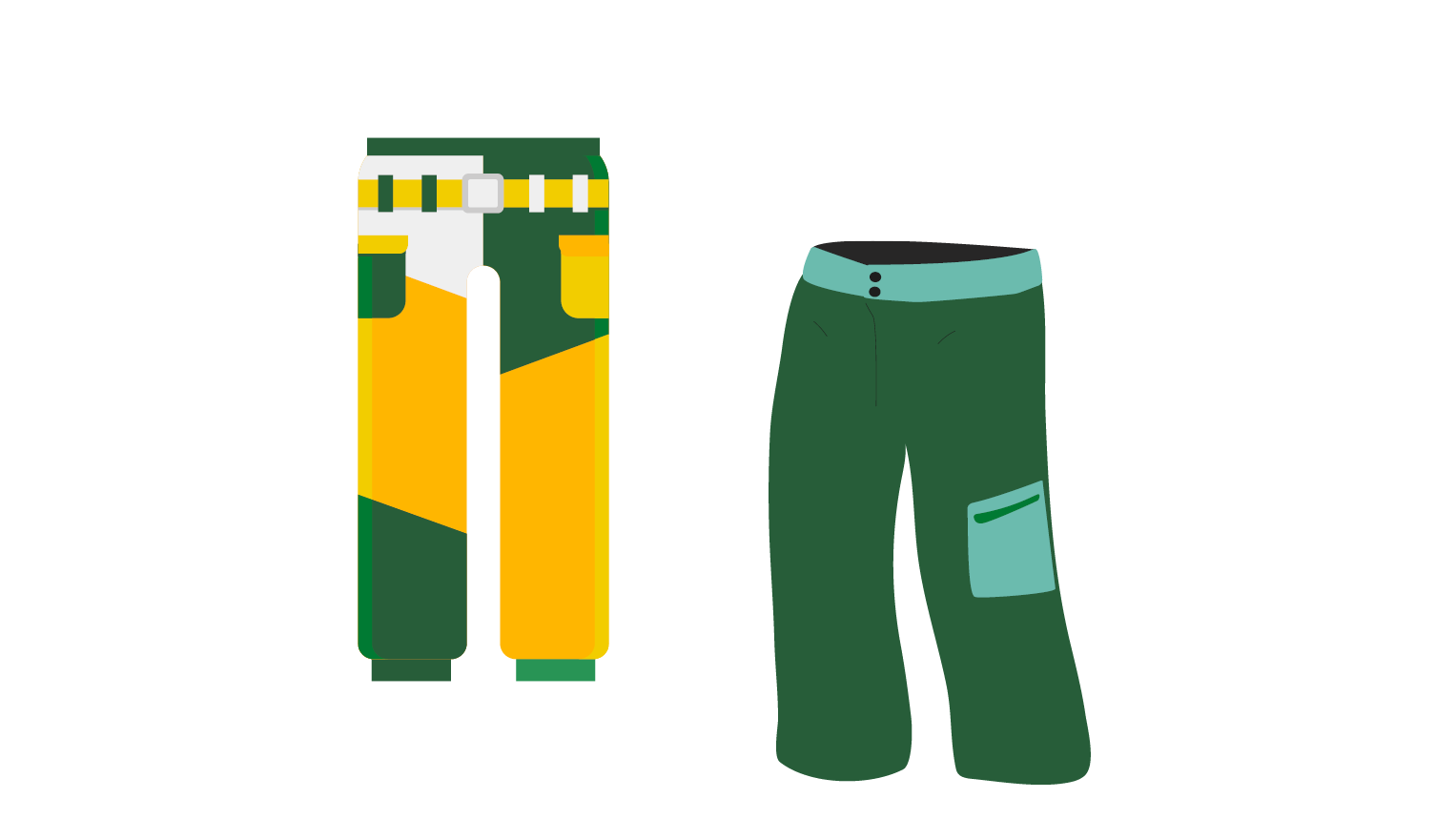
Snow/Ski Pants
We recommend purchasing snow or ski pants if you're participating in winter activities (such as tobogganing, skiing, snowboarding, or snowshoeing). These pants are insulated and have a windproof/water-resistant exterior, and they act similarly to your winter coat to keep the elements out and warm.
Fabrics that Keep You Warm in Canada
Choosing the right type of fabric for your winter clothing is imperative to keeping you warm and dry. Certain fabrics, such as cotton, are not ideal as they retain wetness and can quickly make you feel cold. Here are the types of materials you should consider when purchasing winter clothing:
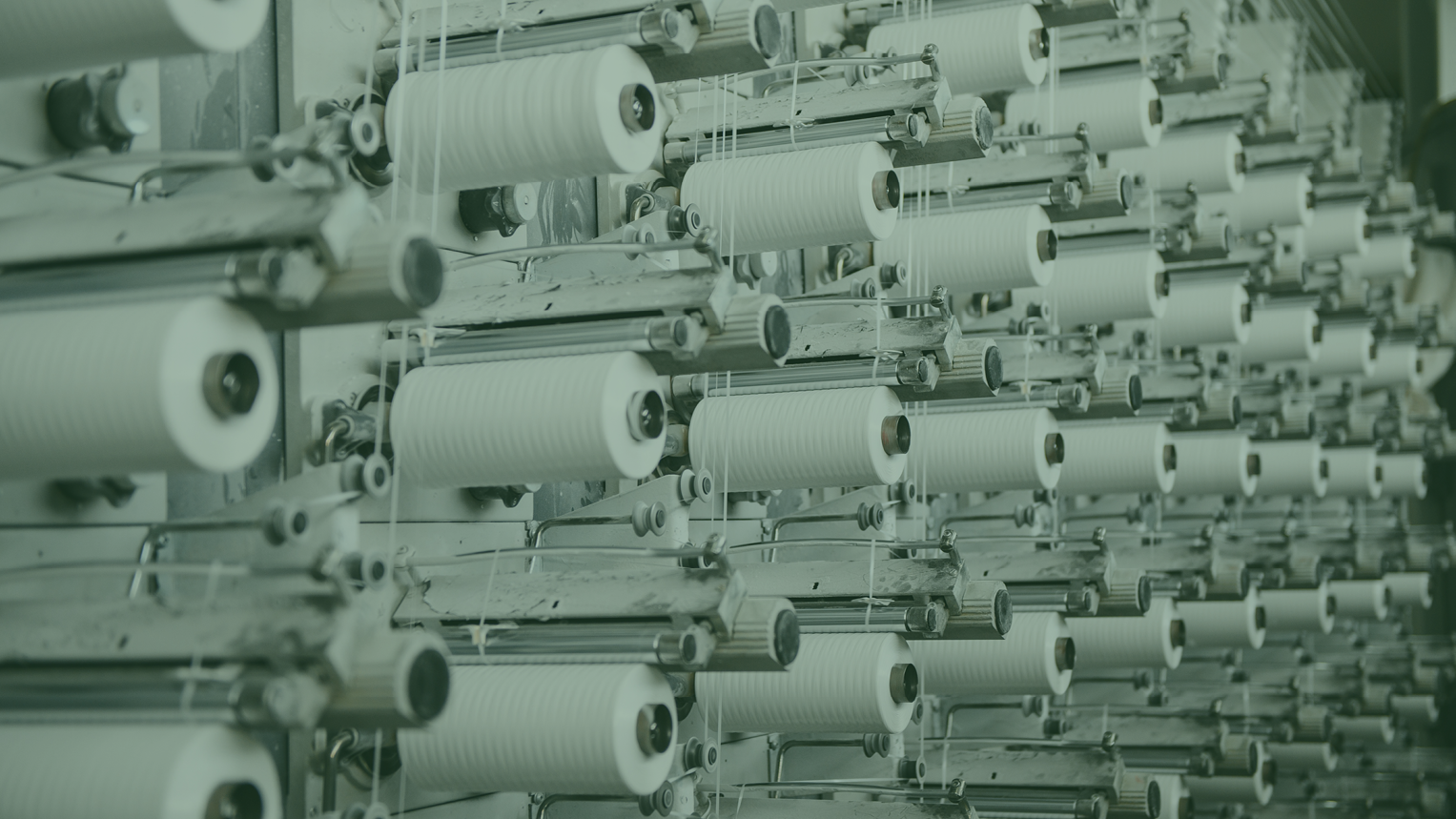
Synthetic Fabrics
Synthetic fabrics such as polyester or recycled polyester absorb very little water, making them quick to dry. These fabrics are easy to wash and have good stretch.
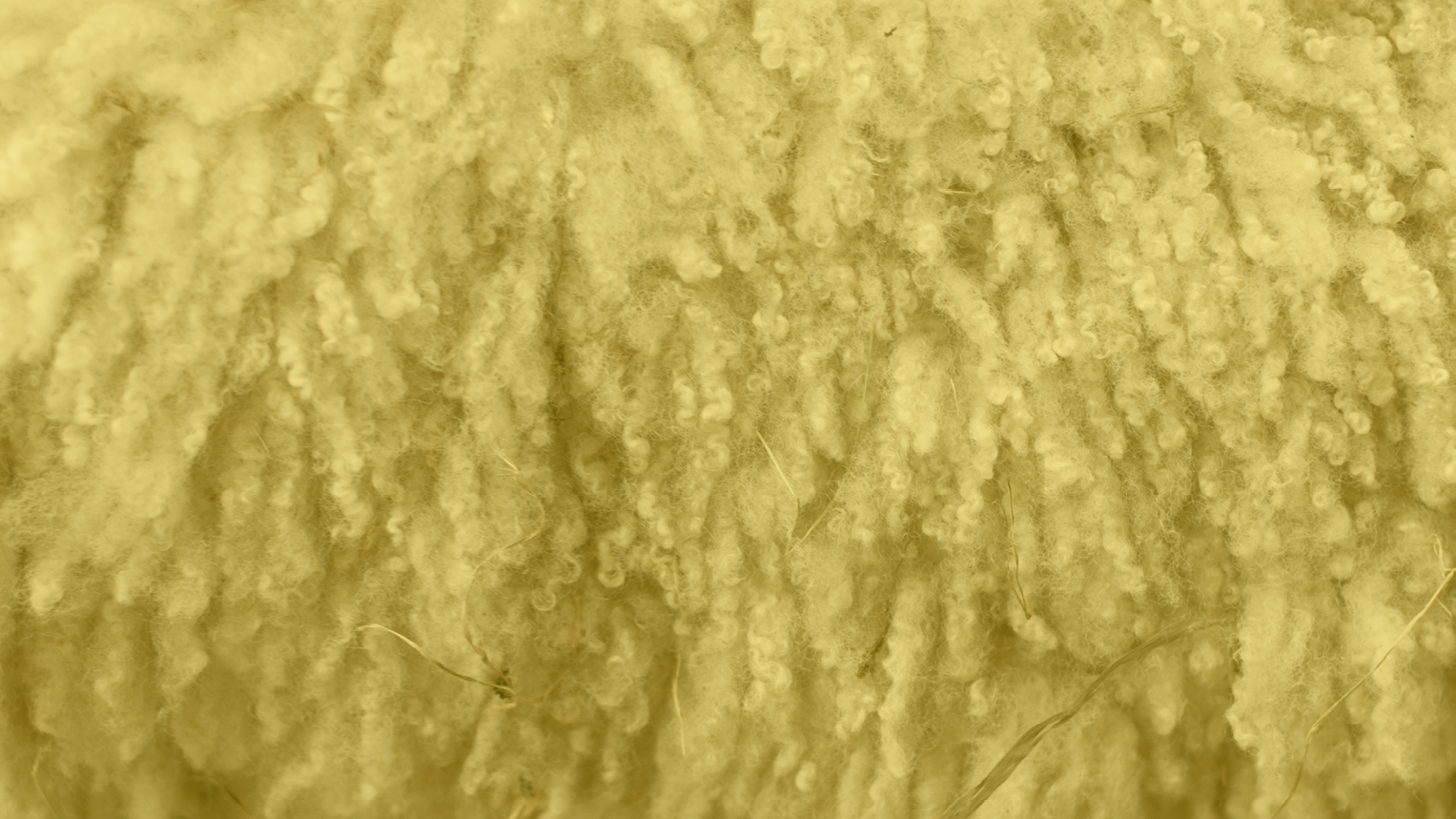
Wool-based Fabrics
Merino wool as a base layer can absorb up to 35% of its weight in moisture and remain dry because the moisture gets pulled inside the wool fibres. Merino wool is soft, light and warmer than synthetic fibres. Merino wool costs more than synthetics but is breathable, regulates your temperature well and lasts longer.

Polyester Fleece
Polyester Fleece is a good insulating mid-layer. It keeps you warm by trapping warm air, it’s durable and absorbs very little moisture, plus it is reasonably priced. It can be a bit bulky, so consider it an alternative to a wool sweater.
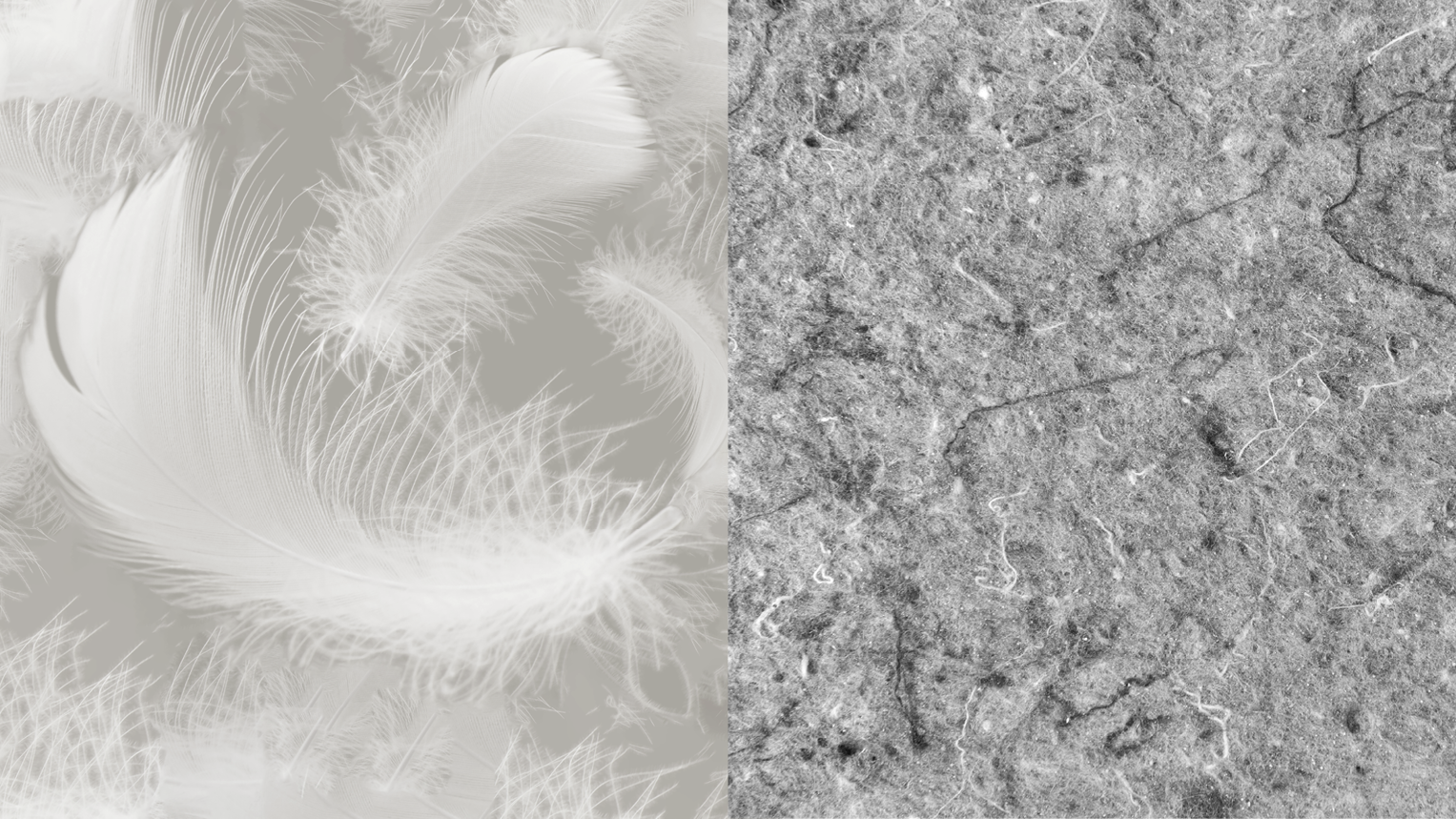
Down Or Synthetic Insulator Fabrics
When you purchase a down jacket, you know you will be kept warm. Down or synthetic insulated materials are lightweight and warm. Synthetic insulators are usually cheaper and easier to care for than down, but they tend to be heavier and bulkier. These are worthwhile investments and will keep you happy for five years or more! If you purchase a down jacket, expect it to last the whole duration of your degree and more!
Winter Tips
- Check daily weather forecasts and dress appropriately: (Environment Canada: 780-468-4940; Weatheroffice). Winter temperatures range from +5 to -35 degrees Celsius. Even though it may be bright and sunny, the temperature can still be -20° Celsius in winter, so dress appropriately.
- Consider the wind chill: A cold wind can make a temperature of -10° Celsius feel like -25° Celsius or worse. Weather apps identify wind chill under the "Feels like" heading.
- Allow extra time for walking and public transport: (buses and trains), especially during or after a snowfall.
- Get out during the day; take in the sunshine! Edmonton's winter often has sunny days, but the days are short. Being outside during the daylight can cheer you up and energize you.
- Eat well: You are warmer if your body has food energy to burn. If your skin or lips become dry or cracked from the cold and dry heat indoors, use a moisturizing cream or lip balm, available in pharmacies, grocery and drug stores.
- Moisturize: Dry indoor heat can cause minor dehydration, which may lead to colds. Drink lots of water, use a humidifier to moisten the air or try putting a container of water over your heat register to humidify the air.
- Sunscreen: If you plan to be outside for longer than two hours, wear sunscreen with an SPF of at least 15. You can still get a sunburn on a cold sunny winter day.
- Avoid frostbite: Frostbite occurs when the skin is exposed too long to freezing temperatures, and blood circulation to that area stops. Be careful that your ears, fingers, toes and cheeks are covered, especially when there is a wind.
- Be prepared: When driving outside of the city, always store emergency supplies in your car in case of unexpected weather or driving conditions become too poor to drive. Emergency supplies include a blanket, a source of heat (candle and matches), non-perishable food, a shovel and a flashlight.
- Don't rush: Allow yourself extra time to cross the road in winter, as cars may have difficulty stopping on icy roads.
When it's frigid…
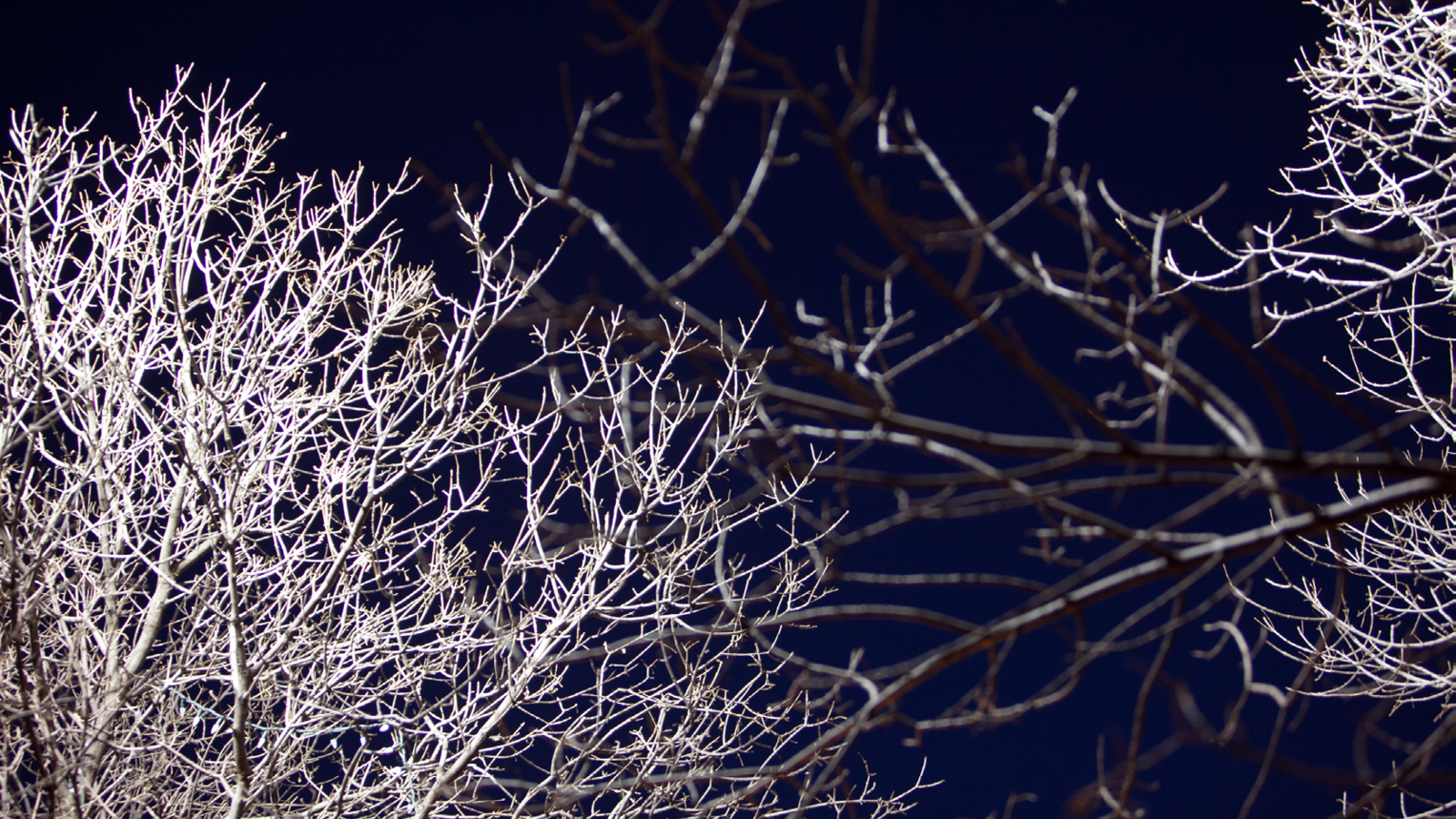
When it's frigid out (below -20°C), you need to dress correctly if going outdoors. It may surprise you how quickly you feel chilled after stepping outside, especially at night.
Frostbite is when skin and body parts freeze - depending on the severity, the consequences can range from discomfort tingling of frostbitten skin to the most severe effect of frostbite — amputation. Always wear gloves or mittens and a winter hat or toque to prevent frostbite. If you are waiting for a bus and standing still, move around (wiggle your fingers and toes) to keep the blood moving around your body.
Hypothermia is a critical condition when the body's internal temperature drops below 35 degrees Celsius. Make sure you have always dressed appropriately when outside, especially when the temperatures drop; going out in only a t-shirt for as little as five minutes at -30°C can lead to severe frostbite and hypothermia.
Don't worry; Edmonton usually only experiences these super cold days less than three weeks per year.
Winter Activities
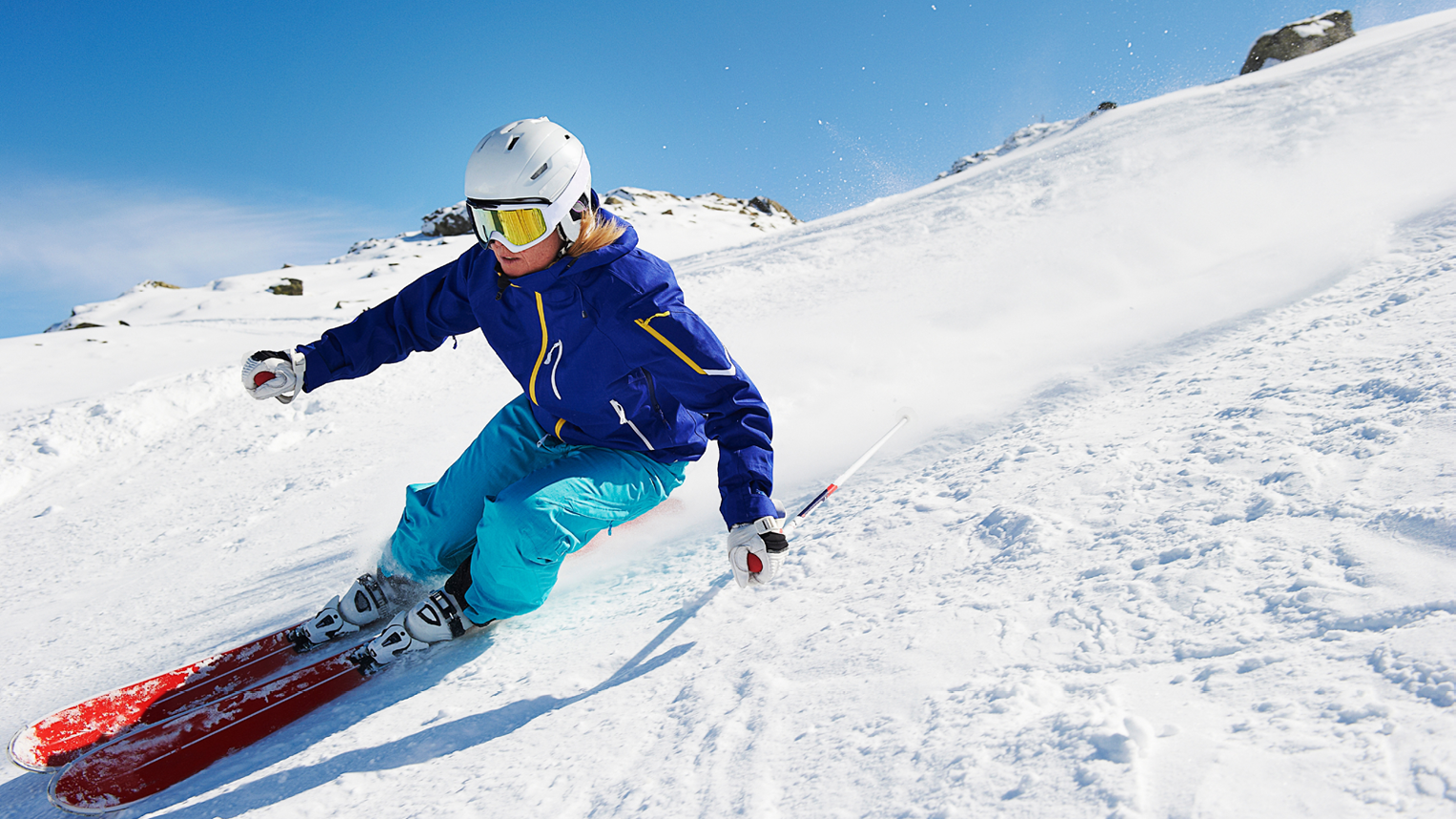
Downhill Skiing
Try downhill skiing or snowboarding: Edmonton has four ski resorts, Edmonton Ski Club, Snow Valley, Sunridge, and Rabbit Hill. Many world-class mountain resorts are located in the Rocky Mountains and at National Parks about three to five hours away, by car or bus.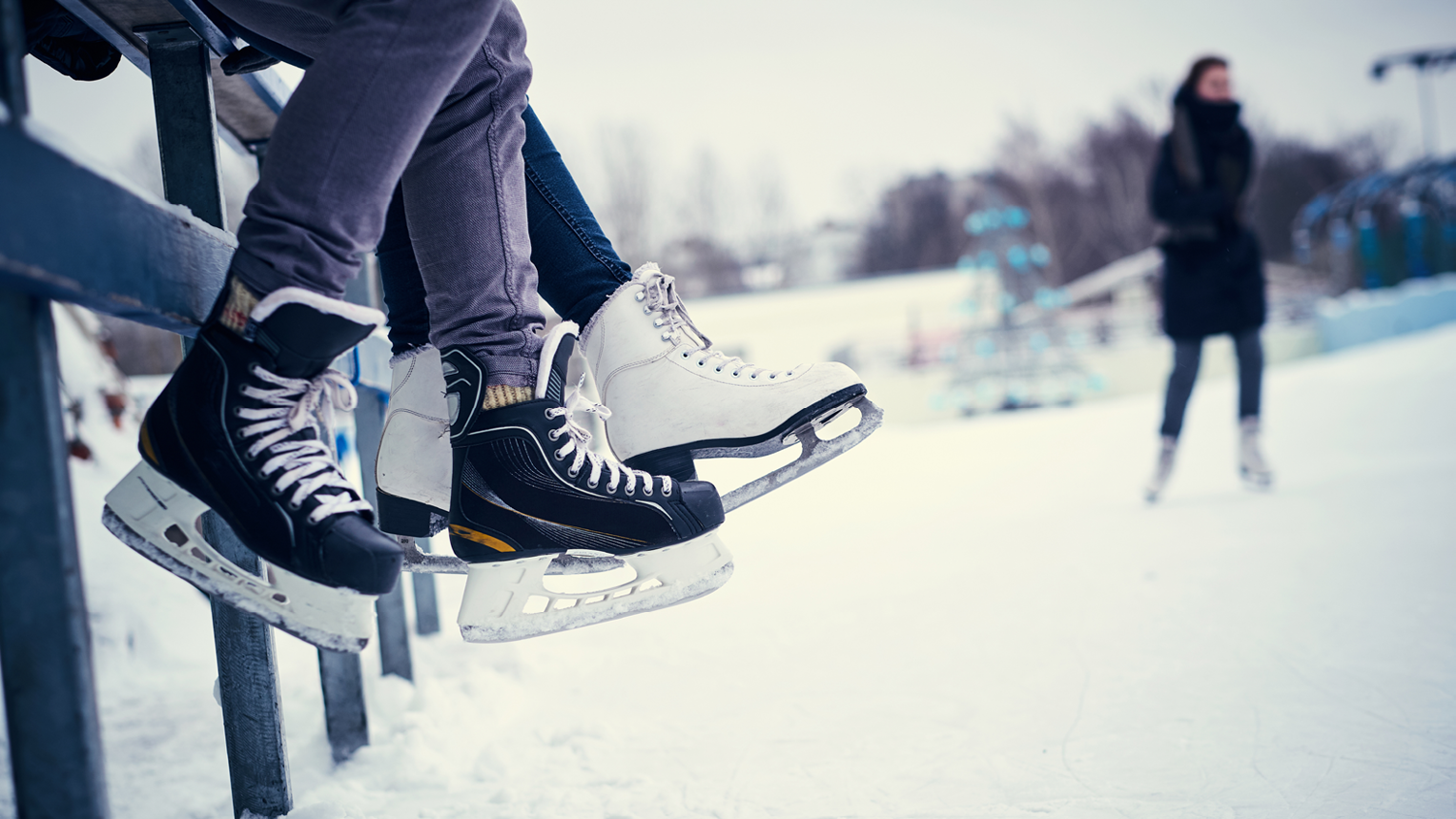
Ice Skating
Canadians love Ice-skating; it's a lot of fun to strap your skates on and head to a local outdoor rink at Hawrelak Park or the Victoria Skateway. The City of Edmonton operates these and many other public skating rinks; some offer rental ice skates.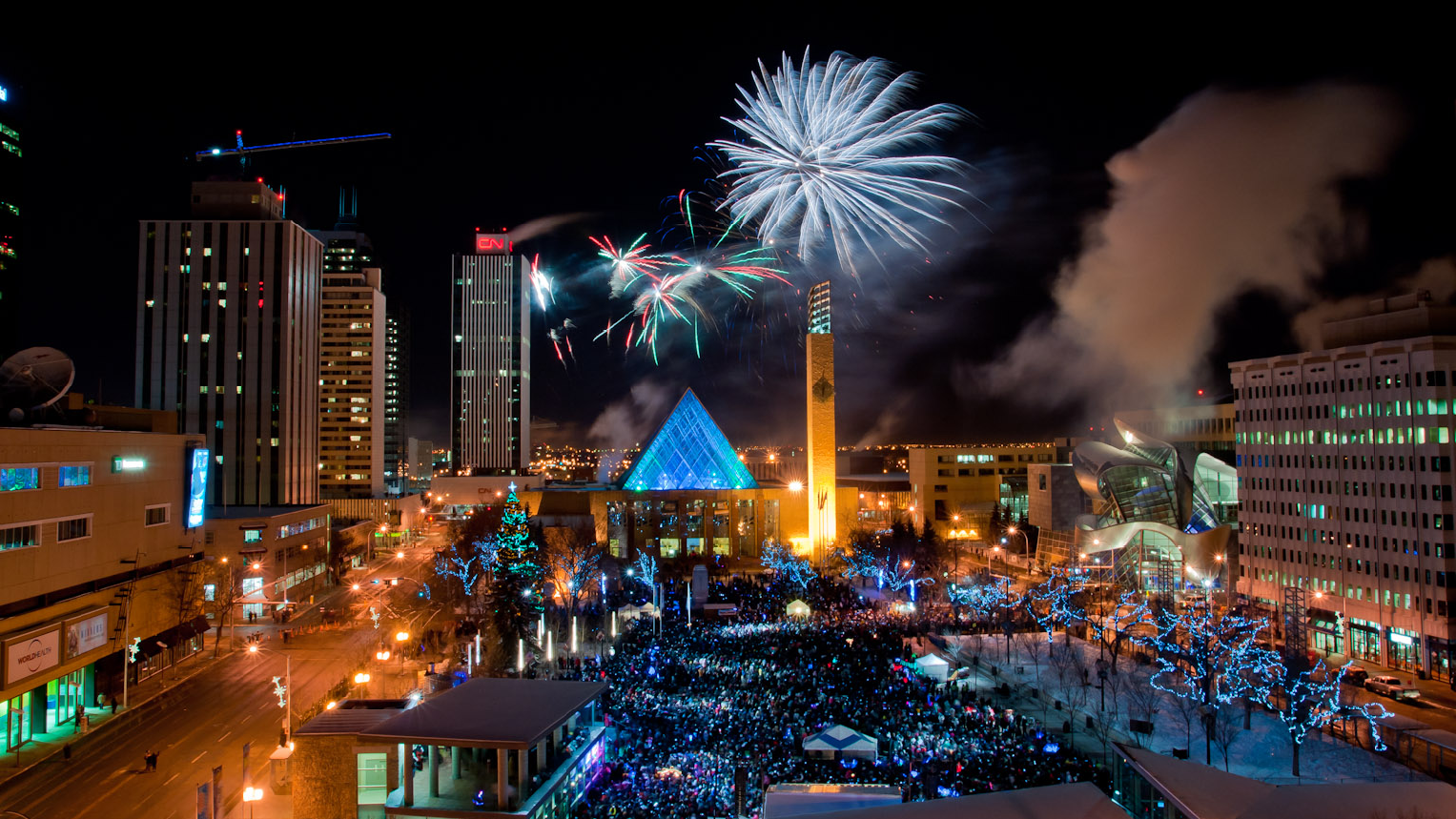
Winter City Guide
Check out the Winter City Guide to see everything going on during the winter.
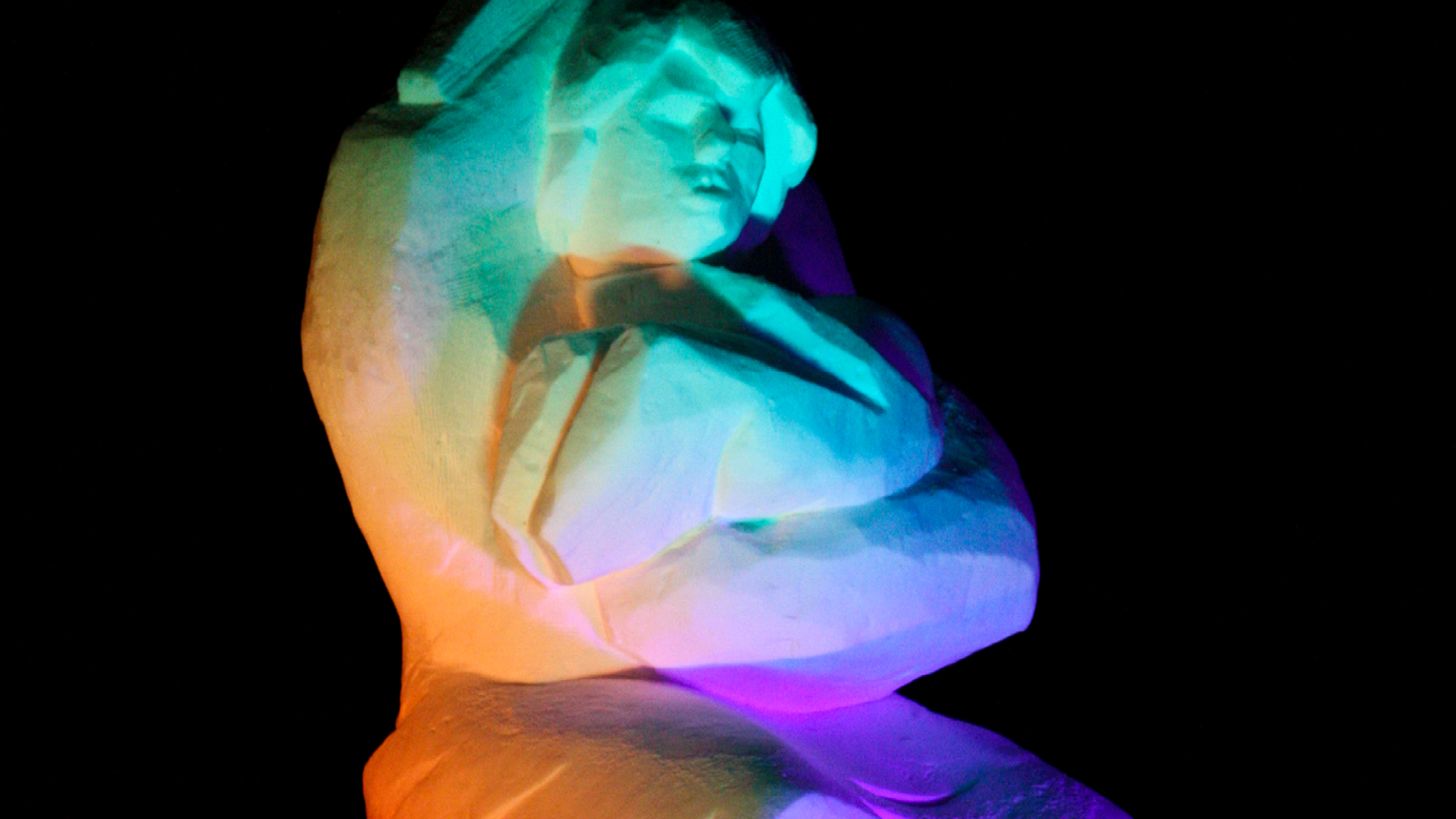
Winter Festivals
Edmontonians enjoy celebrating winter at a variety of festivals during the winter months. Make sure to check out the Deep-Freeze Festival, Ice on Whyte, Silver Skate Festival and The Flying Canoe!